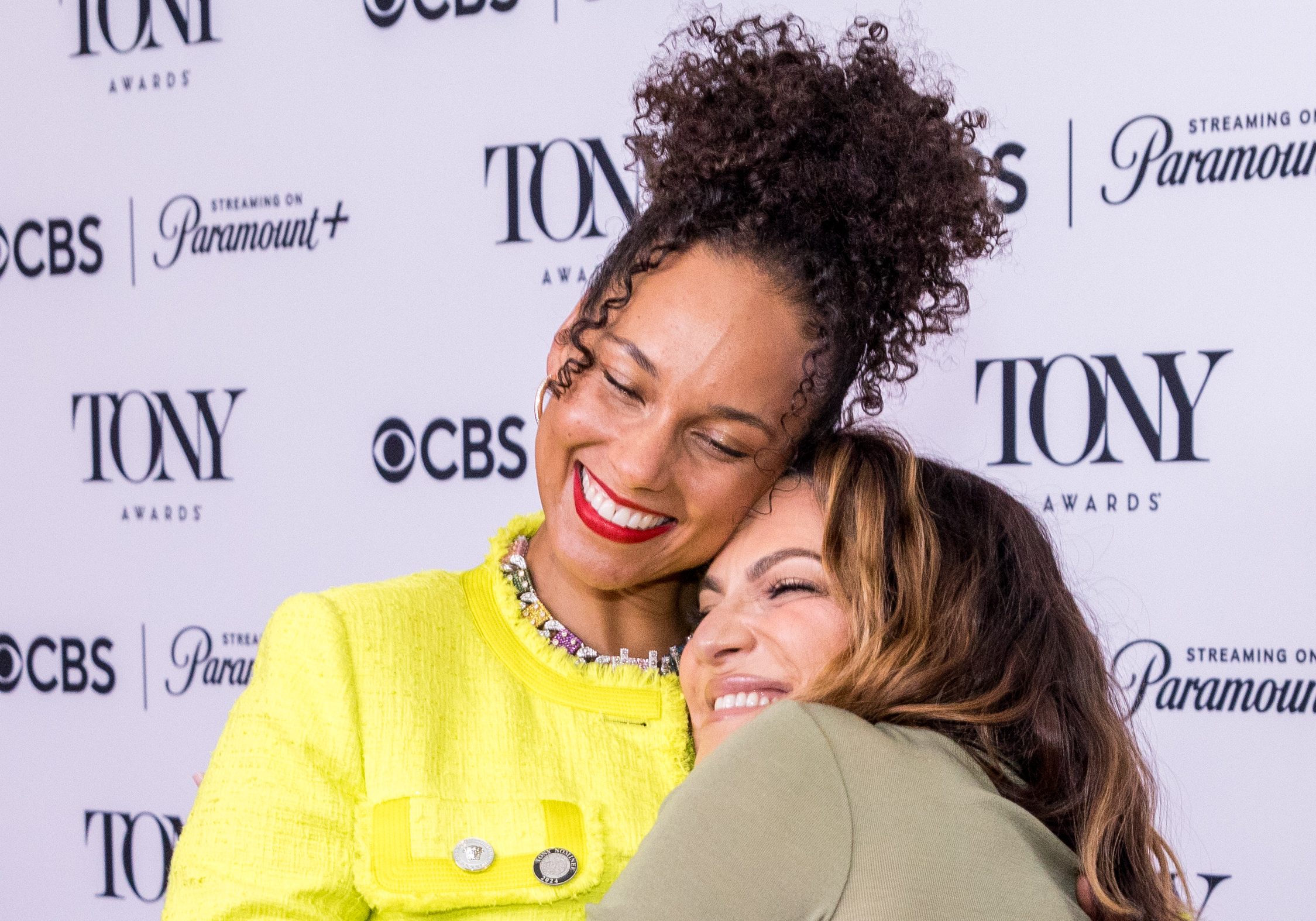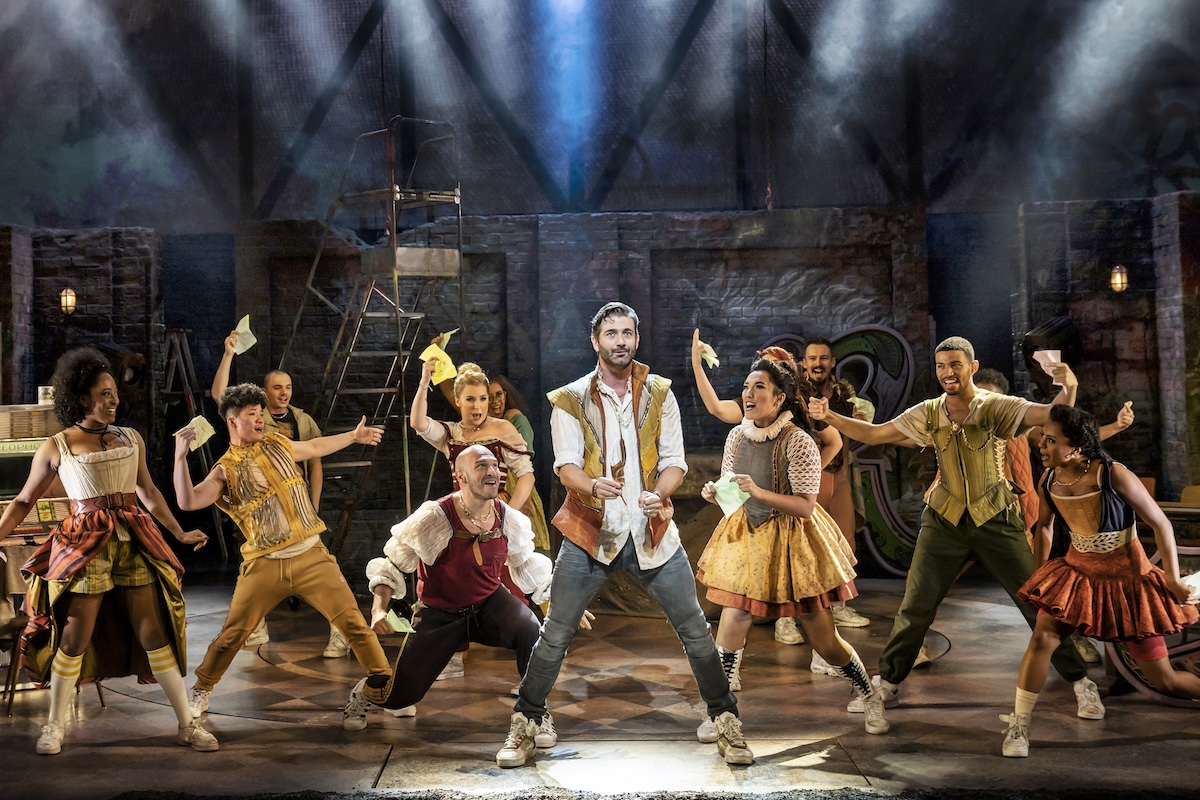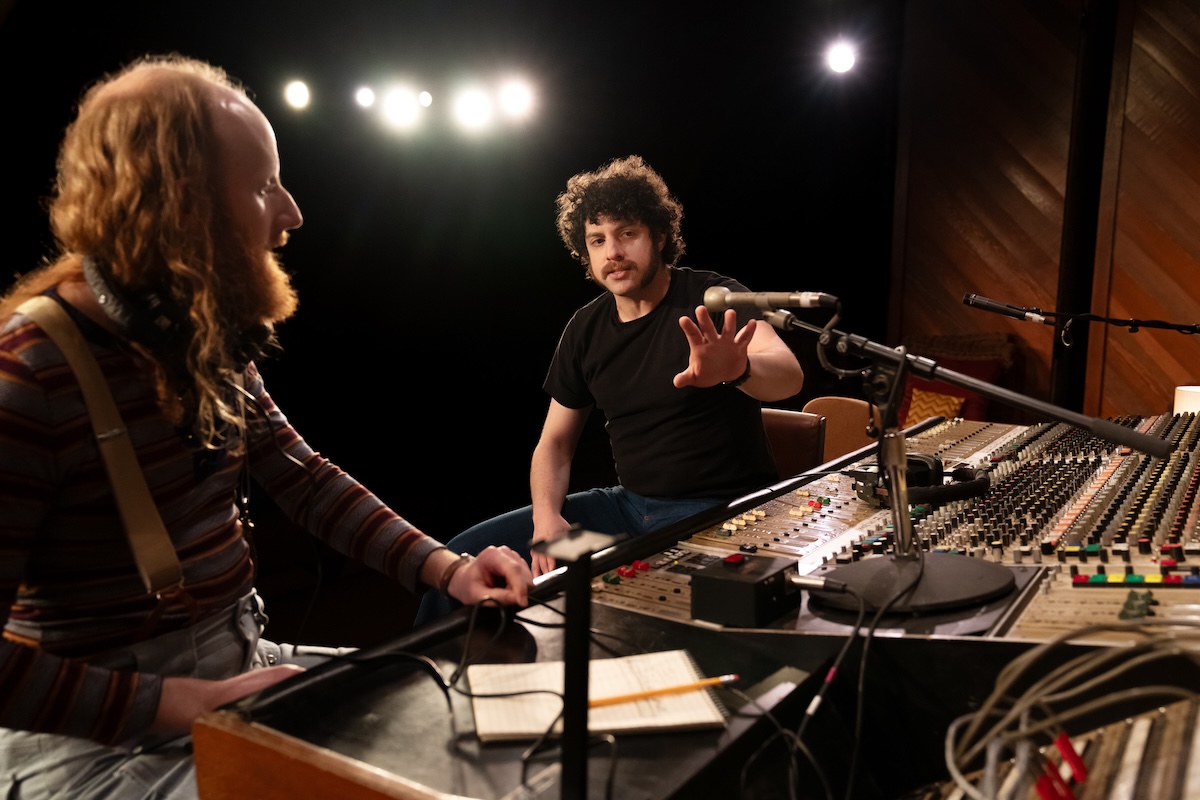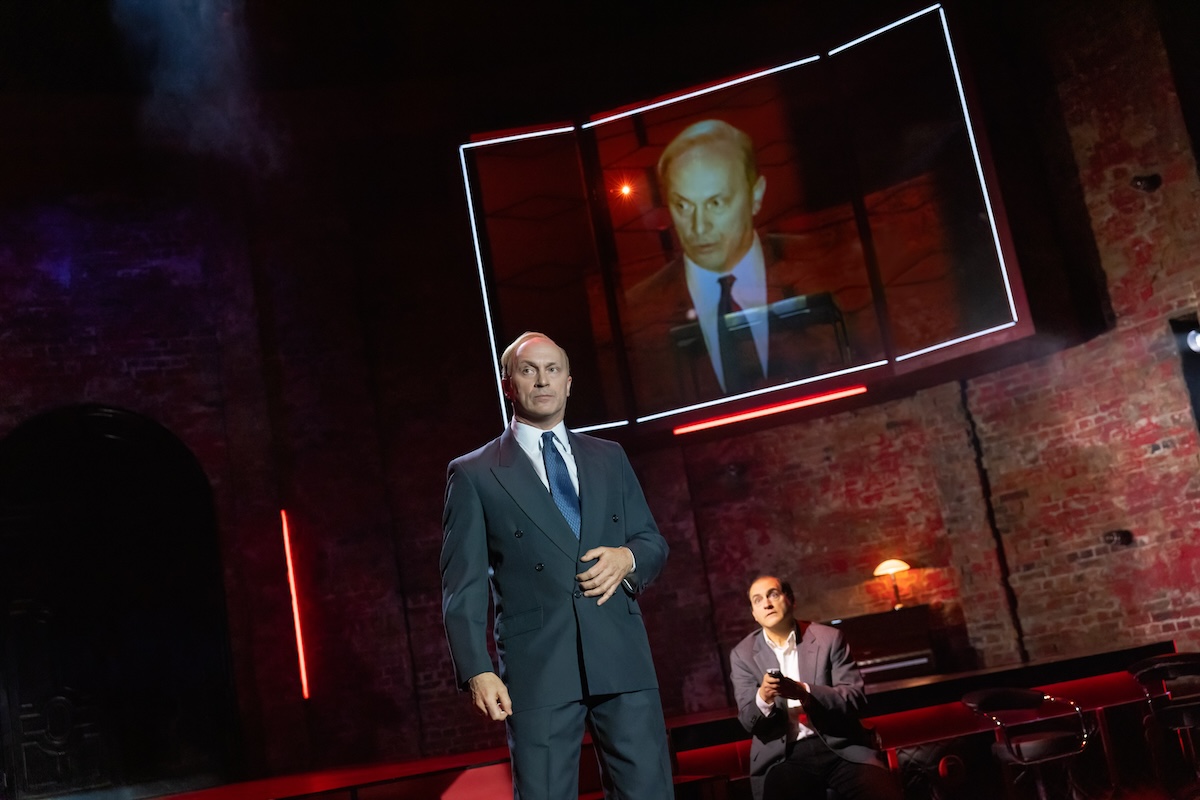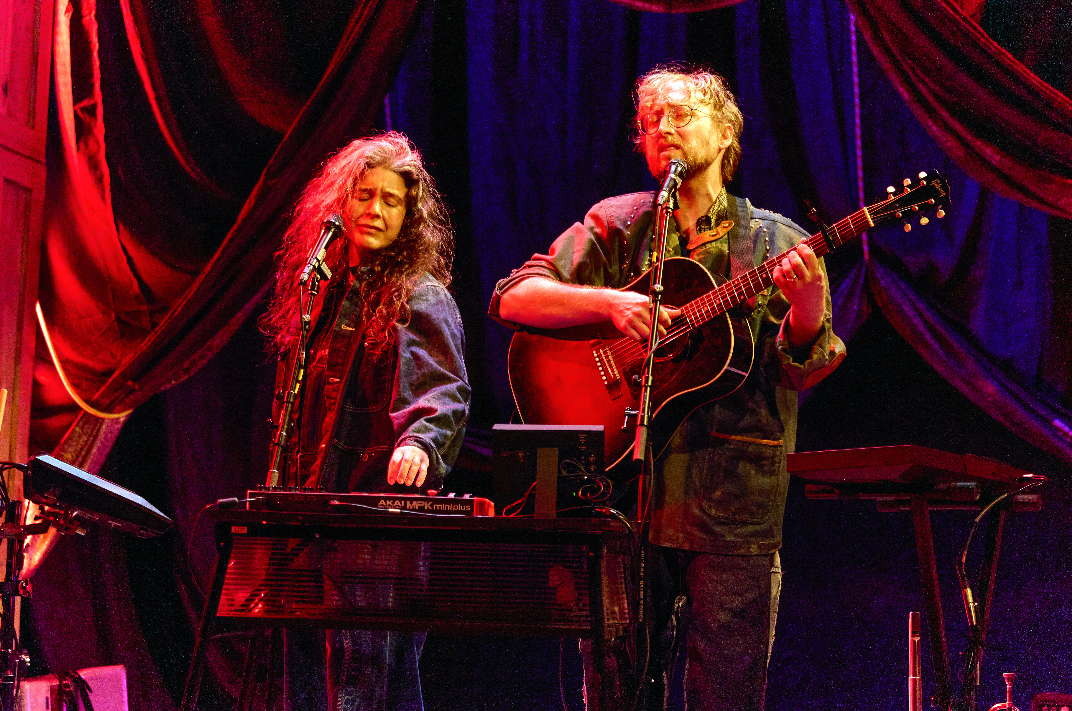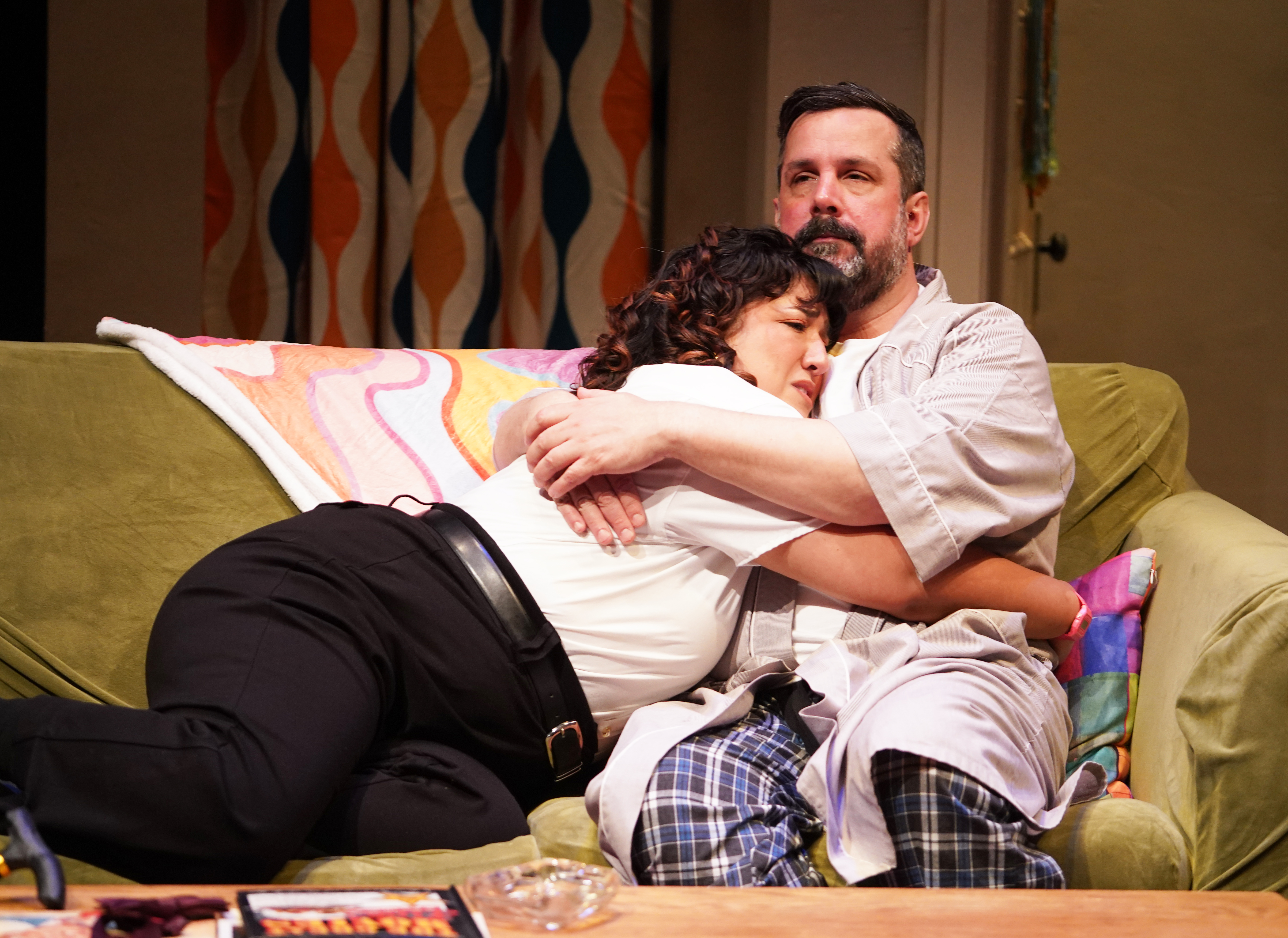Exclusive Excerpt: Jennifer Ashley Tepper's The Untold Stories of Broadway
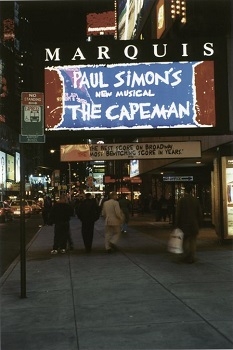
(© Christopher J. Frith)
Our Broadway theaters have been home to thousands of shows. The 40 theaters between 41st and 66th Streets are where every Broadway musical and play has come to life for over 100 years. That sense of continuity creates something very powerful in the center of our city that gives it a special sparkle. Broadway is, and has always been, the heart of New York.
The Untold Stories of Broadway covers Broadway’s theatrical past from decades ago through today. Each chapter focuses on one Broadway theater and uses personal stories to take you chronologically through the history of that theater. Interspersed with interviewees’ stories are author Jennifer Ashley Tepper’s own tales as well as interesting facts and stories that she collected along the way.
Here is an excerpt from the Marquis Theatre chapter. The Untold Stories of Broadway, volume 1 will cover eight Broadway theaters that light up New York City. This is the first volume of a multi-volume work that will include all 40 Broadway theaters, as well as several Broadway theaters that no longer exist.
The Untold Stories of Broadway, volume 1 will be available on Amazon, Kindle, and Nook starting November 12. To pre-order your copy, click here.
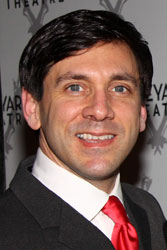
(© Tristan Fuge)
1994: The Blooper Ballet
Michael Berresse, Director/Choreographer/Actor
Damn Yankees was my third Broadway show, and the Marquis was the shiniest, cleanest theater I’d worked in. I shared a dressing room with Jeff Blumenkrantz. Jeff and I actually did three shows in a row together: Forever Plaid off-Broadway, Joseph and the Amazing Technicolor Dreamcoat in Toronto and then, right after, we got to do Damn Yankees together on Broadway. He’s one of my dear friends to this very day.
It was a terrific company. I loved being a part of a big male ensemble in both Guys and Dolls and Damn Yankees. It was the first time I got to tap into that specific comedic style, and there was also such a specific kind of power in all those men performing together.
One night we were doing the “Blooper Ballet,” which was a big number with lot of pratfalls about these bumbling idiots on a baseball field who just can’t do anything right. Scott Wise and I were doing lots of flips, lots of gymnastics. I had this one moment where I’d run and dive on the stage and do this 30-foot stomach slide, with a glove in one hand, supposedly to catch a ground ball.
That night, as soon as I hit the stage I thought: Whoa, I’m going way too fast! I was trying to push against the stage but I couldn’t slow my body down fast enough. Downstage center was the tip of a baseball diamond and on either side of it were these nets to catch balls and gloves. I kept going and I went right off the stage, past the edge of the stage, past the conductor, over the net! I fell 12 feet into the orchestra pit and landed on top of a French horn player.
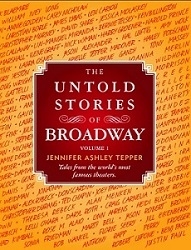
(© Dress Circle Publishing)
It was surreal because when you’re on stage in a show like that, you’re in this artificial world. To land with a thud on the floor in the middle of the musicians was like landing in an alternate universe. Some were reading books! I was looking at them, and they were looking at me, and David Chase was still conducting. The number was still going! So, I got up, David got off his stool, and I jumped up onto his conductor podium.
I grabbed the back of the stage, and I flipped over backwards up onto it. I stood up and did a big double take, and then I ran off into the wings. Except for the people who were in the front row, the audience thought it was just another pratfall in the show! They all went crazy and started applauding. It was fun.
Halfway through the next number, I realized that I had dislocated two fingers. My ribs were bruised. I had hurt myself, and I had to leave at intermission.
The next day, I received a big bouquet of flowers from the people who were in the front row and saw it all happen. They saw me in my next five Broadway shows, and we became friends.
Michael is part of a long legacy of Broadway folks accidentally falling into orchestra pits.
During the 1994 She Loves Me revival, Boyd Gaines famously fell into the orchestra pit, directly onto someone’s lap. During her first performance as Elphaba in Wicked, Shoshana Bean ran out on stage and directly into the orchestra pit—and was caught by the net above the musicians.
Legend has it that when West Side Story had its pre-Broadway tryout in Washington D.C. in 1957, Jerome Robbins was yelling at his actors, with his back to the orchestra pit, and they silently allowed him to back up and fall into it! And when Anyone Can Whistle was trying out in Philadelphia, a dancer fell into the pit mid-show, landing on a musician—who died in an unrelated incident the following week.
During Allegro‘s pre-Broadway tryout in Connecticut, Lisa Kirk fell into the orchestra pit while singing “The Gentleman Is A Dope”. Luckily, she fell onto the string section, so the musicians used their bows to hoist her back on stage—and she didn’t miss a note of the song.

(© David Gordon)
1994: Locked In The Dressing Room
Rey Concepcion, Door Man
During Damn Yankees, Vicki Lewis had dressing room number six upstairs, and there was something wrong with the doorknob.
She got locked in during previews, so she took the doorknob off the door and handed it to the stage manager.
After the show that day, Hector, our night door man at the time, decided to make sure the dressing rooms were locked. He went to turn off the light in Vicki’s dressing room, and the door closed. He didn’t know there was no doorknob.
He got locked in her dressing room for two days!
It was a Sunday, and since Broadway shows are dark on Mondays, he was stuck from Sunday night until Tuesday morning when the cleaning lady came in. This was before cell phones. All he had was a bottle of champagne that Vicki had in her dressing room. By Tuesday night, everybody on Broadway knew about it!
Since the Marriott Marquis was built by architects with primary experience in building hotels, rather than theaters, there are a couple of unusual things you can find… if you know where to look!
As you enter the lobby of the theater, glance to your right. You’ll see a glass wall of advertisements. Right behind those glass walls are several dressing rooms!
Legend has it that when the theater was built, the contractors forgot to put in dressing rooms. Shopping on the second floor of the hotel was yanked out of the layout, in order to accommodate dressing rooms for the theater.
Without the advertisements plastered on the glass, you could see directly into the dressing rooms.

(© Tristan Fuge)
1995/2002/2006: Cruise Ship Theater
Casey Nicholaw, Director/Choreographer/Actor
I love the Marquis. I really do love the Marquis.
I know many people say it looks like a cruise ship when you come in. And it kind of does. But it really feels intimate for its size—and the sightlines are so good. It’s wide, but it brings you close to the show. And there’s room backstage! The happiest companies I’ve ever worked with have been at the Marquis. Space backstage is a huge thing.
I was in Victor/Victoria (1995) and Thoroughly Modern Millie (2002) there, and those casts were so happy. You have a green room, you have a common place where people can be together. A lot of other theaters don’t have that. You’re in your dressing room, then you’re on stage.
During Victor/Victoria, Julie Andrews decorated the green room beautifully for us. She took very good care of our company. We were such a family there. We had a bond from going out of town in Minneapolis and Chicago. We worked on that show forever. It was wonderful and torturous. When we did it in Minneapolis, the first act was 45-minutes long, and the second act was two hours! It was crazy. But, you know, we were doing a show with Julie Andrews, and she was great to us. We loved each other, and it was really fun.
During Millie, there was a certain point in the show every night where the girls who were at the turntables upstage at the typewriters would turn around. And then, in the wings, I’d be there with the guys’ ensemble and some of the stagehands and we would do a show backstage for them.
It started as a simple thing, and then every night, we’d have to decide: What are we going to do? We had a wig tub and a costume tub, and we’d have themes. If it was Halloween week, it’d be horror themed, and we did “12 Days of Christmas” one day. Everyone on the other side of the stage would also gather to see what we were doing.
Every single show has traditions. However, Drowsy (2006) had one tradition that as the director, I only sometimes enjoyed. That was the “$50 dare.” On each person’s last night, Troy Johnson would “$50 dare” that actor to do something outrageous on stage. Bob Martin had a “$50 dare” that on his last night, instead of hugging Troy’s character at the end, he had to kiss him. He did it! It was really funny.
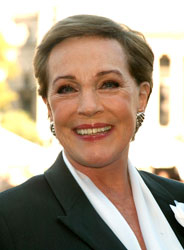
(© Joseph Marzullo/WENN)
Julie Andrews was beloved by the Victor/Victoria cast and by the entire team at the Marquis, who were a very tight-knit group. When the 1996 Tony Award nominations came out, Victor/Victoria only received one nomination: for Julie Andrews as Best Actress in a Musical.
Two days later, at the Wednesday matinee curtain call, Julie publicly announced that she would decline her Tony nomination, saying, “I could not have done this alone… I have searched my conscience and my heart and find that I cannot accept this nomination, and prefer instead to stand with the egregiously overlooked.”
Not having appeared on Broadway since The Boy Friend, My Fair Lady, and Camelot in the 1950s and 1960s, Julie Andrews was widely considered to have been a lock for the award of Best Actress. She had never won a Tony Award before, and she hasn’t been on Broadway since.
On a Wednesday afternoon in May 2013, Rey Concepcion, the much-adored Marquis Theatre door man, showed me around backstage at the Marquis.
We took a right out of the door man’s room, and we were in a large stairwell, that lead to stage level. On the wall was a gigantic replica of a Tony Award that looked like it weighed a ton. Staring at the huge silver medallion in awe, I asked Rey what it was from.
Rey said, “The stagehands and producers of Victor/Victoria had it made for Julie Andrews. They took her right out here where we’re standing, and gave it to her, saying, ‘Who needs a Tony when we’ve got Julie?'”
“She’s one of the sweetest people you’ll ever meet. I always get grief because I've never watched The Sound of Music. I've never seen Mary Poppins. But I'm a big fan of her, because she’s just the greatest lady.”
To read Jennifer Ashley Tepper's "Firsthand" piece about the process of creating The Untold Stories of Broadway, click here.
To pre-order your copy of The Untold Stories of Broadway, Volume 1, click here.




